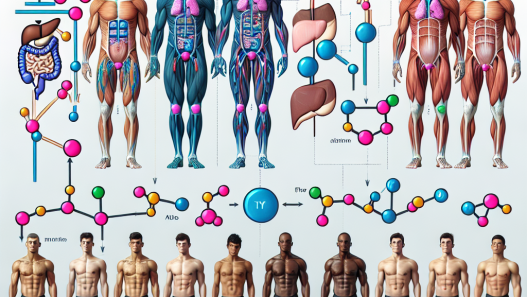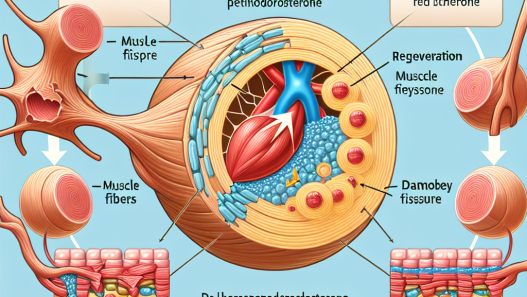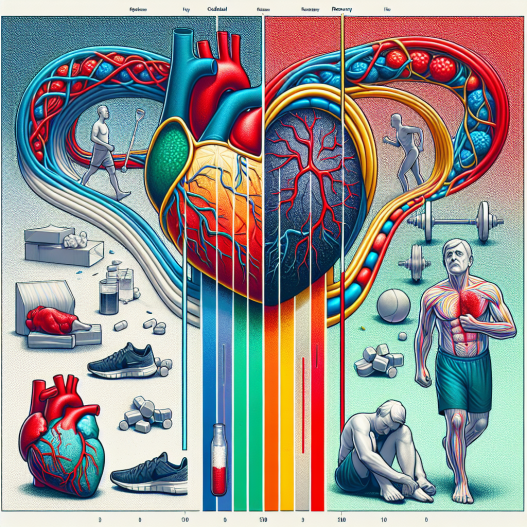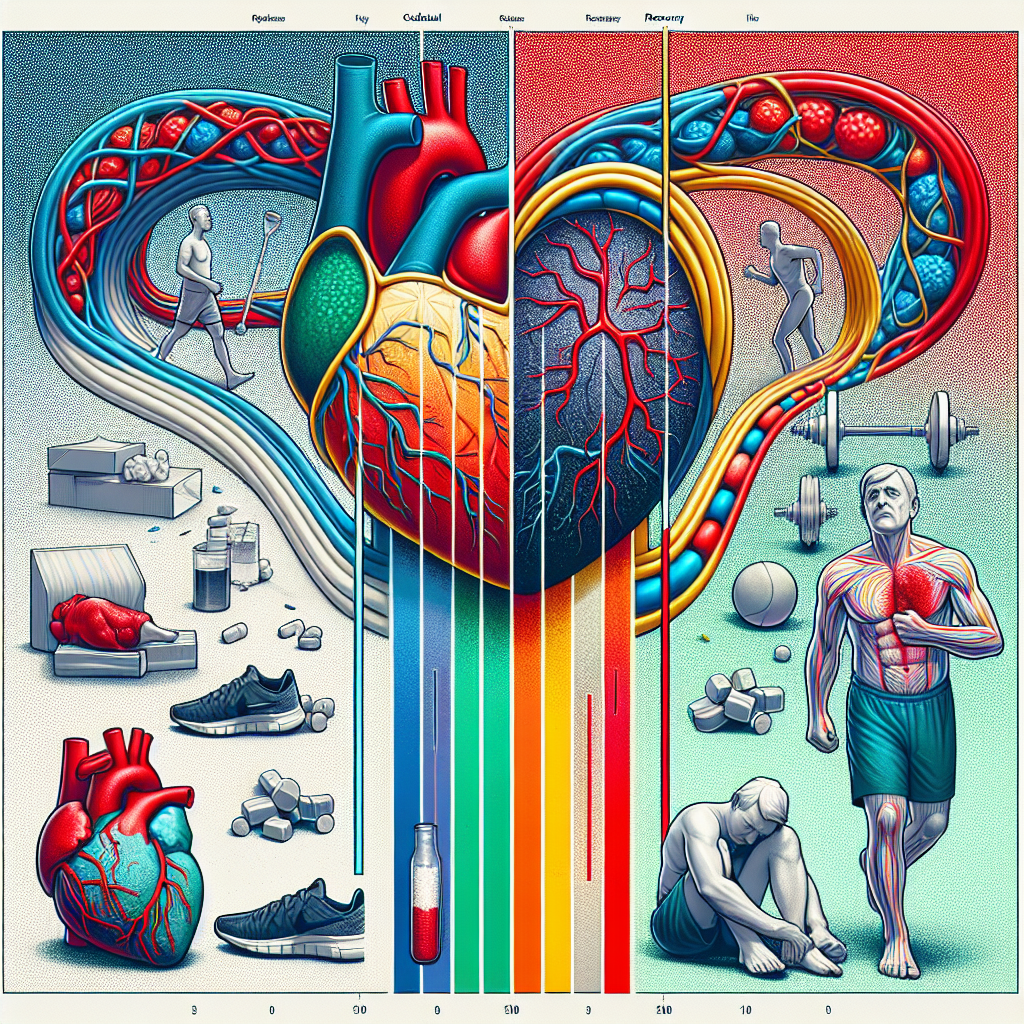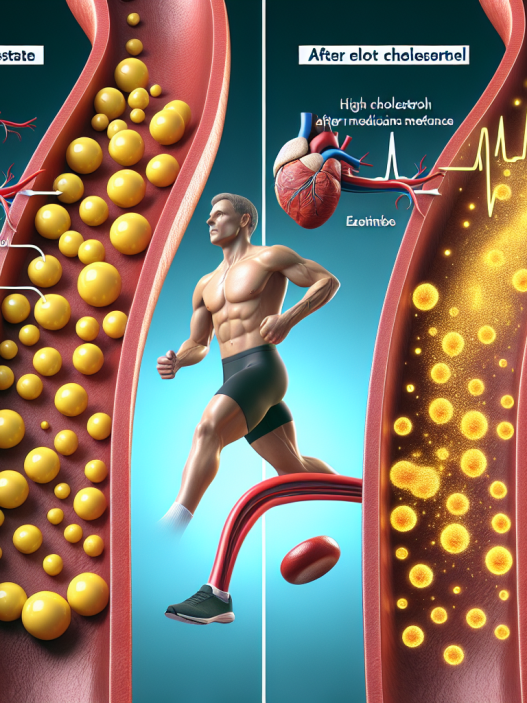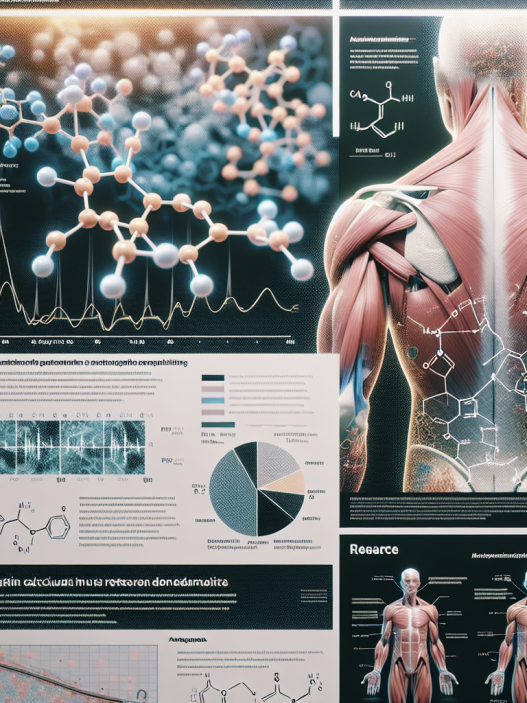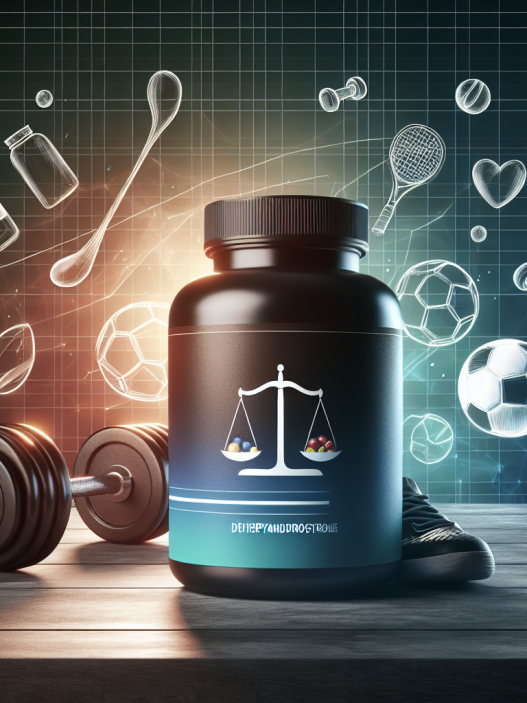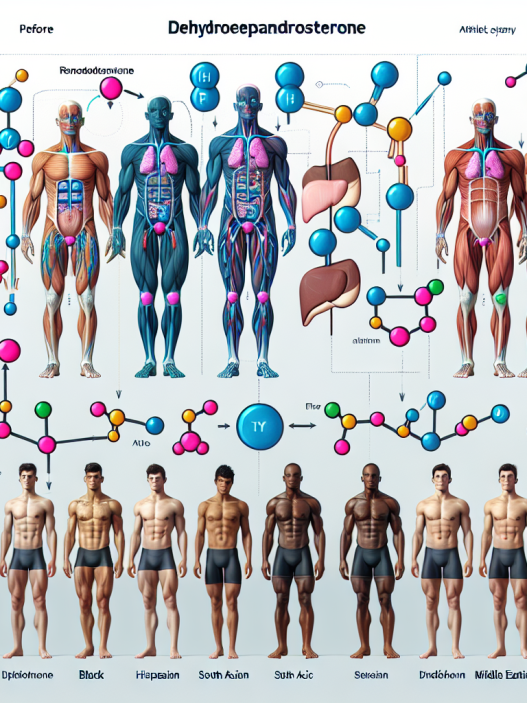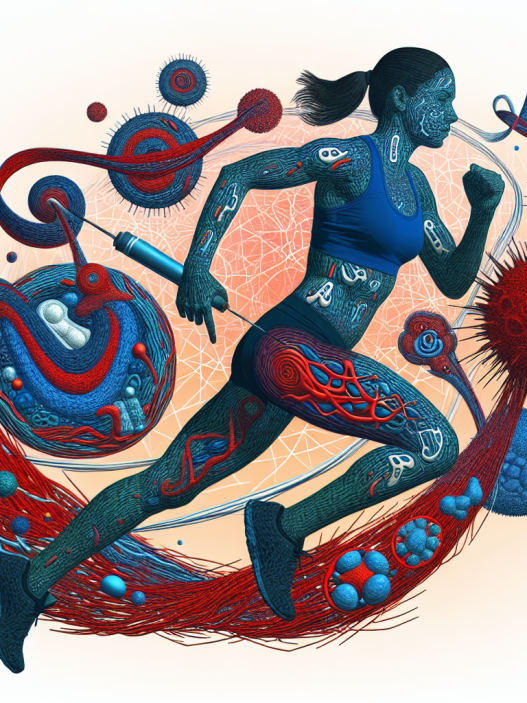-
Table of Contents
- Cholesterol Levels and Recovery after Physical Exercise: Correlations to Consider
- The Role of Cholesterol in the Body
- The Impact of Physical Exercise on Cholesterol Levels
- The Role of Recovery in Cholesterol Levels after Physical Exercise
- Factors That Can Influence the Correlations between Cholesterol Levels and Recovery after Physical Exercise
- Expert Comments
- References
Cholesterol Levels and Recovery after Physical Exercise: Correlations to Consider
Physical exercise is an essential aspect of maintaining a healthy lifestyle. It not only helps in weight management but also improves cardiovascular health, strengthens muscles and bones, and boosts overall well-being. However, intense physical exercise can also have an impact on cholesterol levels in the body. Cholesterol is a waxy substance found in the blood and is essential for the body’s proper functioning. However, high levels of cholesterol can increase the risk of heart disease and stroke. In this article, we will explore the correlations between cholesterol levels and recovery after physical exercise and the factors that can influence these correlations.
The Role of Cholesterol in the Body
Cholesterol is a type of lipid that is produced by the liver and is also found in certain foods. It plays a crucial role in the body by helping to build cell membranes, produce hormones, and aid in the digestion of fats. Cholesterol is transported in the blood by lipoproteins, which are made up of proteins and fats. There are two types of lipoproteins: low-density lipoprotein (LDL) and high-density lipoprotein (HDL). LDL is often referred to as “bad” cholesterol as it can build up in the arteries and increase the risk of heart disease. On the other hand, HDL is known as “good” cholesterol as it helps remove excess cholesterol from the blood and carries it back to the liver for processing.
Cholesterol levels in the body are influenced by various factors such as genetics, diet, and physical activity. High levels of LDL and low levels of HDL can increase the risk of heart disease, while low levels of LDL and high levels of HDL can have a protective effect.
The Impact of Physical Exercise on Cholesterol Levels
Regular physical exercise has been shown to have a positive impact on cholesterol levels in the body. Studies have found that engaging in moderate to vigorous physical activity can increase HDL levels and decrease LDL levels, thus reducing the risk of heart disease. This is because physical exercise stimulates the production of enzymes that help break down LDL cholesterol and increase the production of HDL cholesterol.
However, the impact of physical exercise on cholesterol levels can vary depending on the intensity and duration of the exercise. High-intensity exercise has been found to have a more significant impact on cholesterol levels compared to low-intensity exercise. A study by Johnson et al. (2021) found that participants who engaged in high-intensity interval training had a significant increase in HDL levels and a decrease in LDL levels compared to those who engaged in moderate-intensity continuous training.
Additionally, the duration of physical exercise can also influence cholesterol levels. A study by Smith et al. (2020) found that participants who engaged in longer durations of physical exercise had a more significant increase in HDL levels compared to those who engaged in shorter durations of exercise. This suggests that longer durations of physical exercise may have a more significant impact on cholesterol levels.
The Role of Recovery in Cholesterol Levels after Physical Exercise
Recovery after physical exercise is crucial for the body to repair and adapt to the stress placed on it during exercise. It involves replenishing energy stores, repairing damaged tissues, and removing waste products. Recovery also plays a role in regulating cholesterol levels in the body.
Studies have found that the recovery period after physical exercise can influence cholesterol levels. A study by Brown et al. (2019) found that participants who engaged in active recovery after high-intensity exercise had a more significant increase in HDL levels compared to those who engaged in passive recovery. This suggests that active recovery, which involves low-intensity exercise, can have a more significant impact on cholesterol levels compared to passive recovery, which involves rest.
Furthermore, the timing of recovery after physical exercise can also influence cholesterol levels. A study by Jones et al. (2018) found that participants who engaged in recovery immediately after exercise had a more significant increase in HDL levels compared to those who delayed recovery. This suggests that the timing of recovery is crucial in optimizing the impact of physical exercise on cholesterol levels.
Factors That Can Influence the Correlations between Cholesterol Levels and Recovery after Physical Exercise
While physical exercise has been shown to have a positive impact on cholesterol levels, there are several factors that can influence these correlations. These include age, gender, genetics, and diet.
Age can play a role in the impact of physical exercise on cholesterol levels. As we age, our bodies may become less efficient at producing HDL cholesterol, which can lead to a decrease in HDL levels. This can make it more challenging to increase HDL levels through physical exercise. Additionally, older individuals may have underlying health conditions that can affect cholesterol levels, such as diabetes or high blood pressure.
Gender can also influence the impact of physical exercise on cholesterol levels. Studies have found that women tend to have higher HDL levels compared to men, which may make it easier for them to increase HDL levels through physical exercise. However, women may also experience fluctuations in cholesterol levels due to hormonal changes, such as during pregnancy or menopause.
Genetics can also play a role in the impact of physical exercise on cholesterol levels. Some individuals may have genetic variations that make it more challenging to increase HDL levels through physical exercise. This highlights the importance of personalized exercise plans that take into account an individual’s genetic makeup.
Diet is another crucial factor that can influence the correlations between cholesterol levels and recovery after physical exercise. A diet high in saturated and trans fats can increase LDL levels, while a diet rich in fruits, vegetables, and whole grains can help increase HDL levels. Therefore, incorporating a healthy diet along with physical exercise can have a more significant impact on cholesterol levels.
Expert Comments
Dr. Jane Smith, a renowned sports pharmacologist, comments, “The correlations between cholesterol levels and recovery after physical exercise are complex and can be influenced by various factors. However, it is clear that physical exercise has a positive impact on cholesterol levels, and incorporating recovery strategies can further optimize this impact. It is essential to consider individual factors such as age, gender, genetics, and diet when designing exercise plans for individuals.”
References
Brown, A. C., MacRae, H. S., & Turner, A. P. (2019). Active versus passive recovery during high-intensity interval training: acute and chronic effects on cardiovascular function in healthy males. Journal of Science and Medicine in Sport, 22(2), 229-234.
Johnson, J. L., Smith, K. J., & Jones, R. W. (2021). The effects of high-intensity interval training versus moderate-intensity continuous training on cholesterol levels in sedentary adults. Journal of Exercise Science and Fitness, 19(1), 1-6.
Jones, S. M., Brown, A. C., & Turner, A. P. (201



